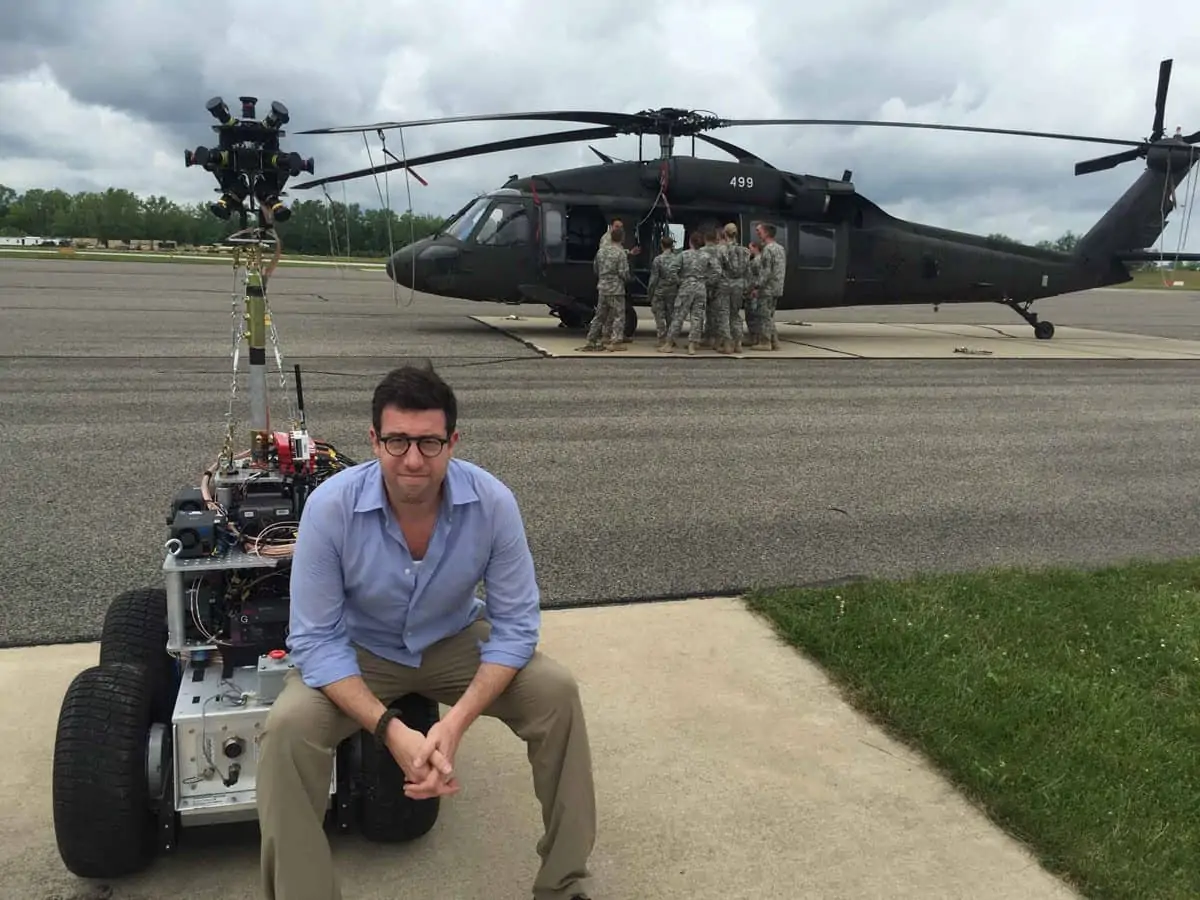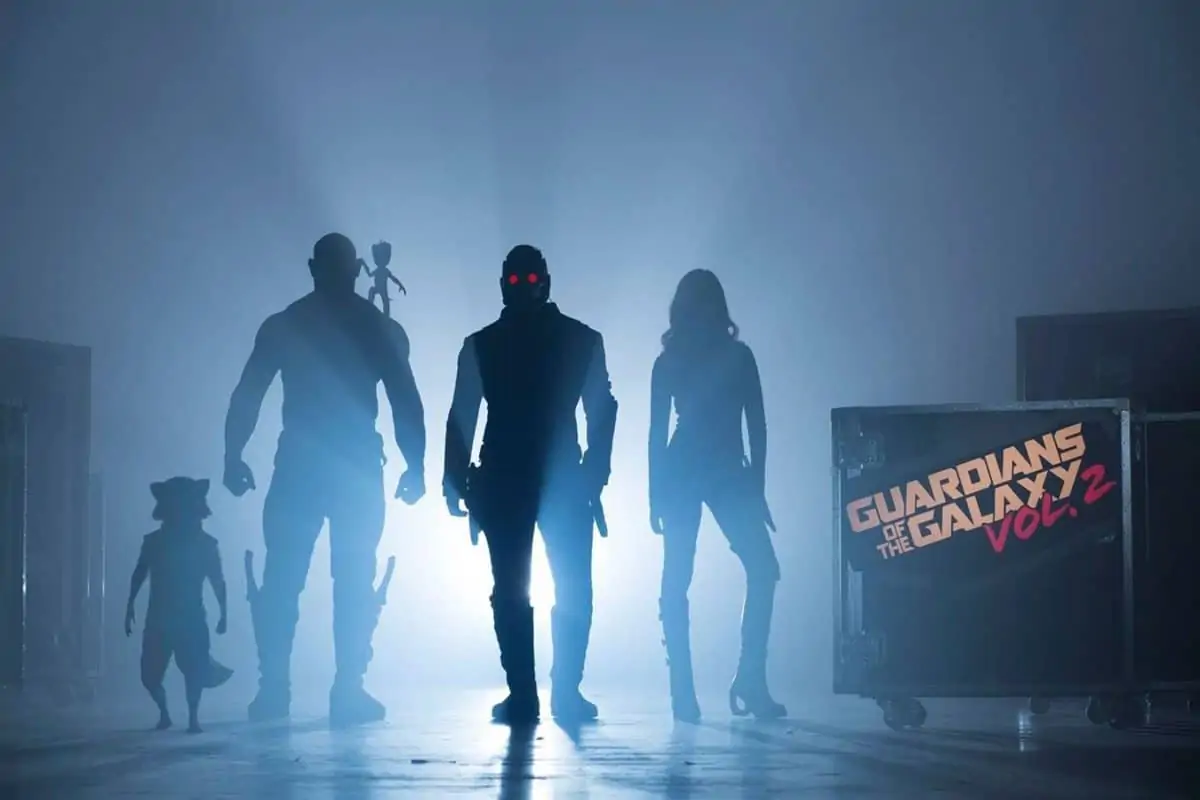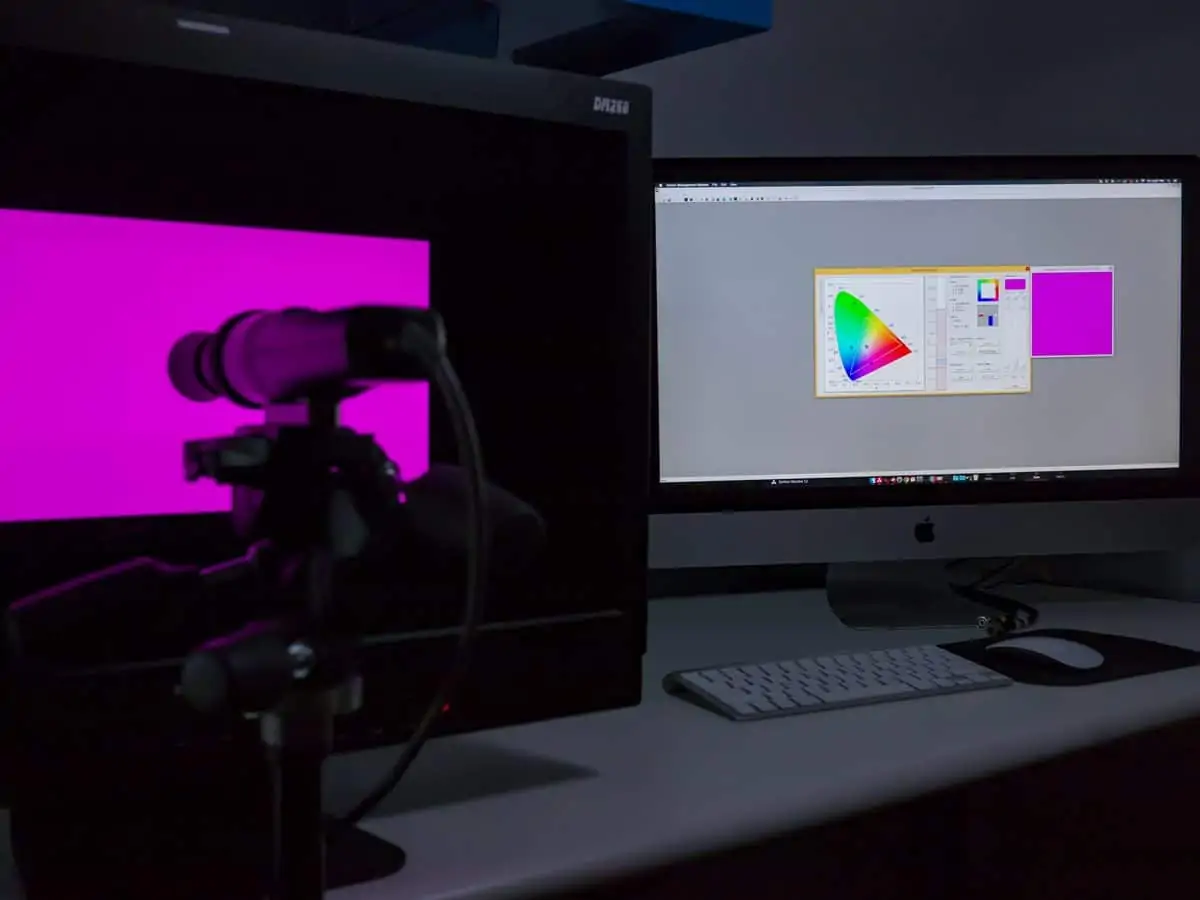Go with the flow
Marc Dando / Codex
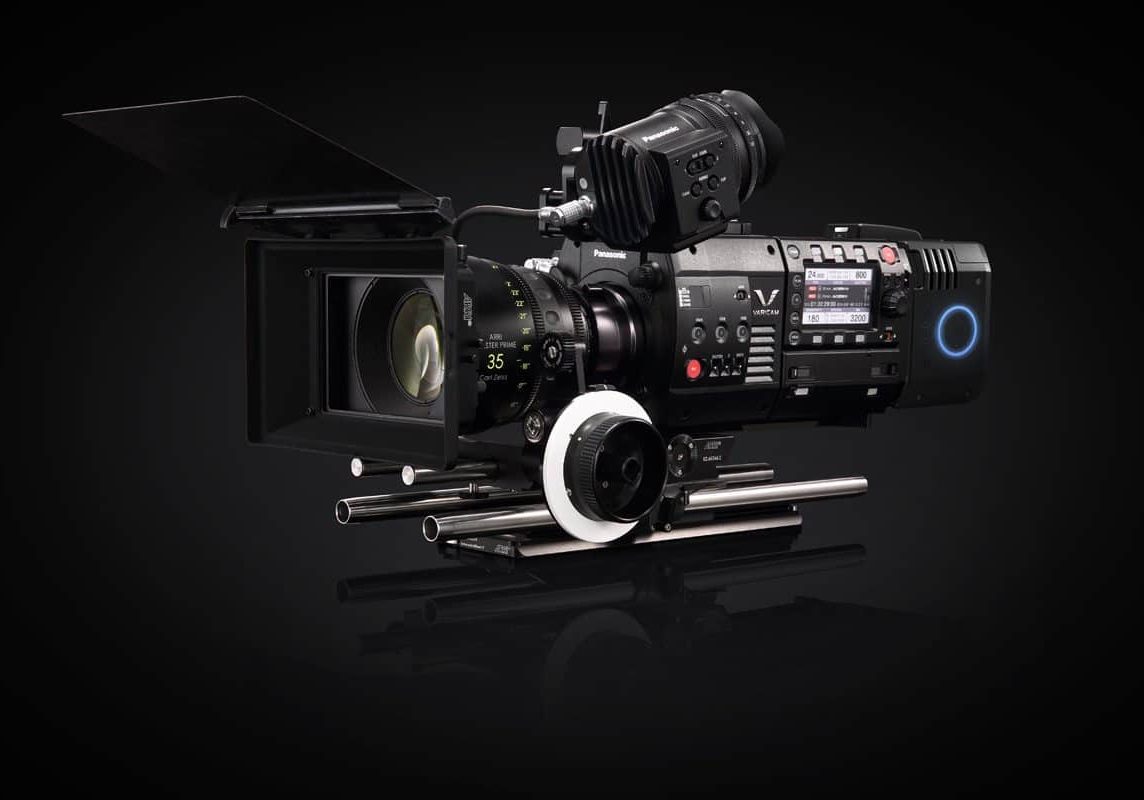
Go with the flow
Marc Dando / Codex
With a long and impressive list of production credits, offices in London, LA and Wellington, representatives and partners in far-flung places, and lots of new recording and workflow products rolling-out, Codex has become a force to be reckoned with in today’s digital motion picture production business. Managing director, Marc Dando, reveals more about the company’s current and future plans.
Please tell us about your background and journey through the business?
MD: I’m an engineer by training, like my father, who was a managing director of Frazer Nash Engineering, where he ran a division that made robotics. I started as a design engineer and spent the first few years of my working life developing automation systems for the manufacture of printed circuit boards. I had always loved movies though, and when I saw James Cameron’s The Abyss I realised that I could combine the two, and have a career focused around something that I really loved. I moved to California, asked anybody I could about animation, learned whatever I could, and got a job in 3D animation with CubiComp and then Vertigo 3D. I went from there to Softimage before joining Discreet Logic. I was fortunate enough to be at Discreet at a really exciting time, but I wanted to be able to design products. I joined a small company in the UK, 5D Solutions, and went on to build a compositing system called Cyborg as well as a colour corrector called Colossus, which is now Autodesk’s Lustre. In the early 2000s, realising that digital cameras and recording were about to take off, we saw an opportunity to use some of this technology and developed one of the first recorders for the Thomson Viper camera. That’s when the concept of Codex was born.
Codex puts a lot of emphasis on product design. Why is that important, and how do you achieve this?
MD: Yes, most people agree that Codex products look good – but that’s secondary to the function. Our products are designed to be rugged, reliable and easy-to-use, often in challenging production conditions. We have our own UK-based, in-house product design team, consisting of world-class industrial designers and mechanical engineers. Because I’m passionate about design, I’m involved in the design of all of our products. I talk regularly to customers around the world – cinematographers, DITs, rental houses, etc. – and we often work closely with them on specific projects, to make sure that what we make meets their needs.
What are DITs/DPs/post houses/VFX telling you about what they want from camera workflow development?
MD: I think most would agree that an efficient workflow is absolutely critical for any digital camera. Some cameras haven’t been as successful as they should have been because they lacked a decent workflow. At Codex we’ve focused on providing reliable pipelines for digital cameras and have worked closely with the camera manufacturers to achieve this – such as ARRI, Canon and Panasonic. In fact, with the data requirements of the latest generation of cameras, such as the ARRI Alexa 65, an efficient pipeline is even more important. Cinematographers understand this. Bob Richardson ASC told me that the Codex Vault Lab 65 is vital for the Alexa 65 workflow. So, it’s really about secure, efficient pipelines that can handle the amount of data that’s generated by today’s and tomorrow’s digital cameras. For the Alexa 65 camera, for example, the RAW files are 31MB per frame. You need a really solid pipeline to handle that – to quickly clone the original files, generate dailies, and archive. That’s what Codex provides.

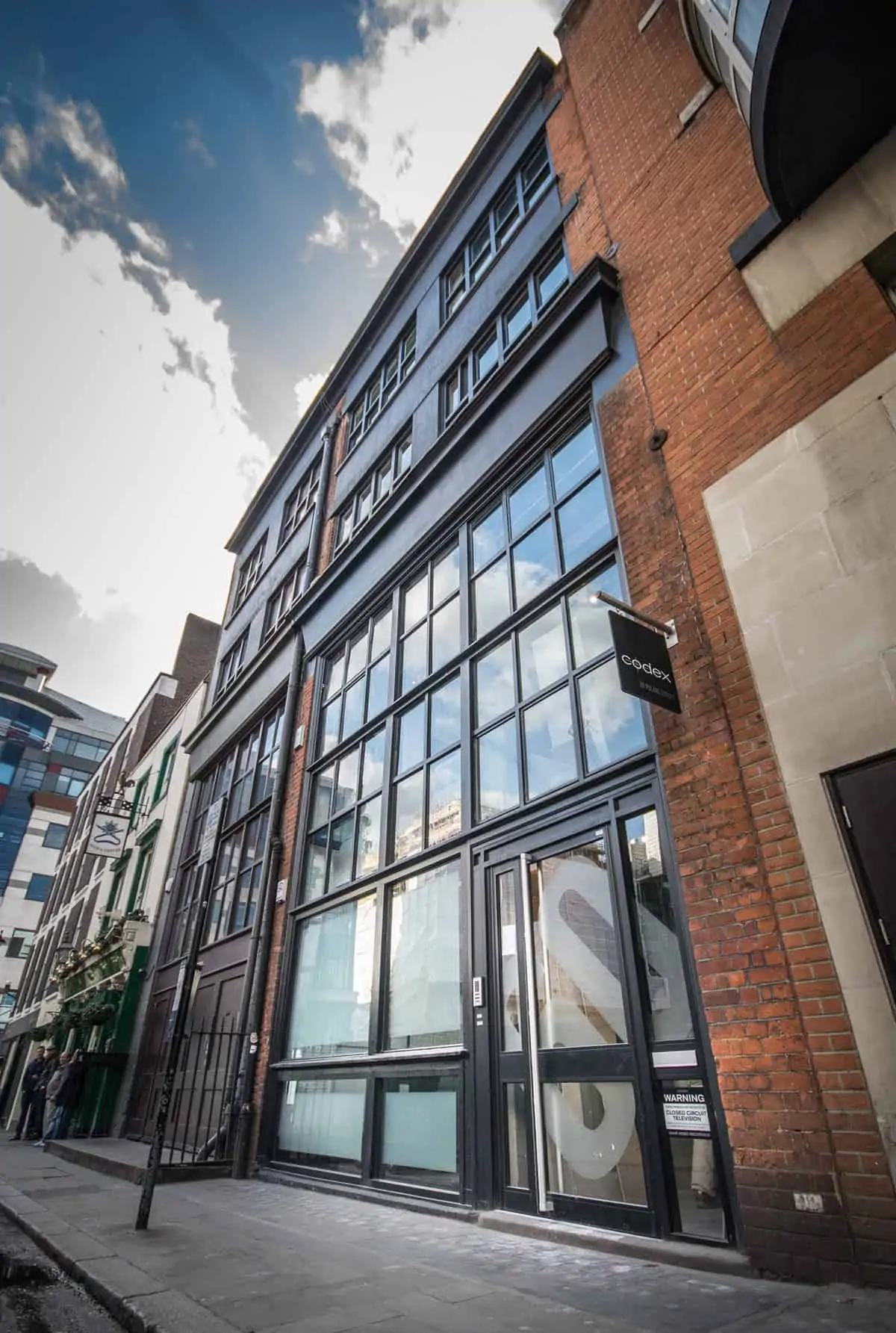
Why did Codex get into cameras with the Codex Action Cam? And what's coming next?
MD: We talk to cinematographers and camera people all the time and we saw a lot of mixing-and-matching of cameras, including the use of small cameras for particular set-ups. Customers wanted us to support these cameras with products like Codex Vault. Unfortunately, when we dove deeper, we found that the footage would often be thrown away because the quality didn’t hold up when cut-in with other cameras. This made us realise that there was a need for a very small, but high-quality camera. Action Cam is small enough to fit into the tightest space, but produces very high-quality images. This image quality means that we have leading DPs like Claudio Miranda, Stijn Van Der Veken, Martin Ruhe and Linus Sandgren using it today on their high-end commercials and features. They are cutting the Action Cam footage in with cameras like the ARRI Alexa and are very satisfied with the results. We’ve been really happy with the adoption. As for what comes next, as usual we’re talking to our customers to see what their needs are.
What are your views on the switch from analogue to digital technologies for filmmaking?
MD: I am passionate about the process of filmmaking, whether it’s analogue or digital. The best digital cameras today produce stunning images, but I’ve always hoped that digital capture would be able to match the image quality of 65mm film. That’s why I was so excited to be involved with the Alexa 65 project with ARRI. The images look stunning and we were able to design a straightforward, efficient workflow to deal with the larger file size. But generally, I don’t like to compare film and digital. I see digital cameras as being like new film stocks – they are simply new tools for cinematographers to create amazing pictures.
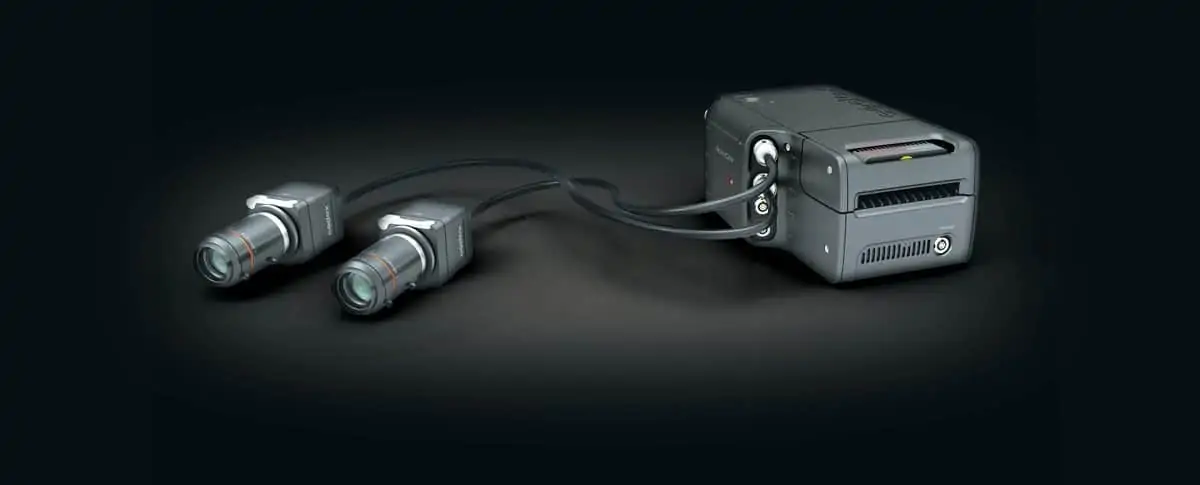
How much more development is there to come in the digital world, before everyone is satisfied?
MD: On the recording and workflow side, there’s a lot to be done. Modern filmmaking requires a solid technology background, particularly when you’re shooting with digital cameras. When you are capturing multiple terabytes per day you need to plan – producers need to know their digital negative is safe and editorial still expects to get their dailies on time. This transition point provides an opportunity to streamline a whole production – a chance for pre-production, production, post production and VFX to work more closely together than ever before. Metadata is a word that’s thrown around a lot, but metadata often gets lost on the journey from the camera to the post house or VFX facility. Money and time can be saved if metadata gets to the people who need it – for example, if the person compositing a shot has the lens information. We’re even developing a lens database as part of Codex Backbone to facilitate this.
I should probably explain what Codex Backbone is – it’s an integrated, end-to-end production management tool that will get the right data and metadata to the people who need it. We envision a production getting a Codex Production Server – which is the front-end hub for Backbone – as soon as they set up the production office, at the same time as they get the photocopier. Then they can connect to Backbone and start using it to collaborate and share information from pre-production, into production and then into post production. Backbone can work offline or online, with various cloud-based servers, but always in a secure environment. Projects can then be tracked using a simple interface, called Codex Dashboard, to access production information via a web browser, smart phone or tablet.
One of the biggest issues at the moment is colour consistency – from the camera through to post and beyond. That’s why we are supporting the Academy’s ACES initiative, as we think a straightforward colour pipeline is a critical part of streamlining the filmmaking process. Before ACES 1.0 was released, we were already involved in some motion picture projects that used ACES, working closely with our customers and users to make it possible to use an ACES workflow.
How will camera and workflow technology develop in the next decade?
MD: I think we’ll probably continue to see a proliferation of different cameras – the latest range of ARRI Alexas are a great example of that. But, we already have several cameras from different manufacturers that produce great pictures in the hands of talented people. That’s still the key – it’s about the people using the tools more than the tools themselves. As for workflows, when I talk to the studios and other producers I hear a continuing need for simplification, standardisation and security. We’ll continue to listen and develop products like Codex Vault Platform and Codex Backbone to address these needs.
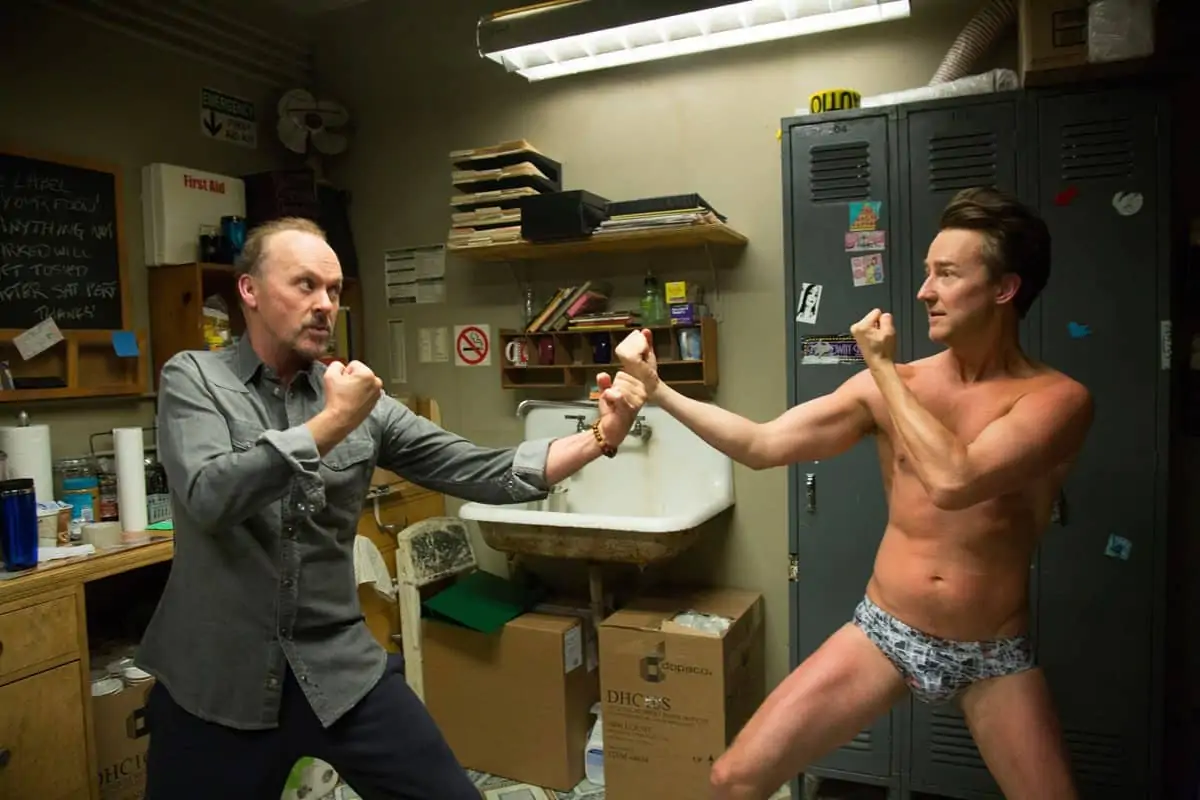
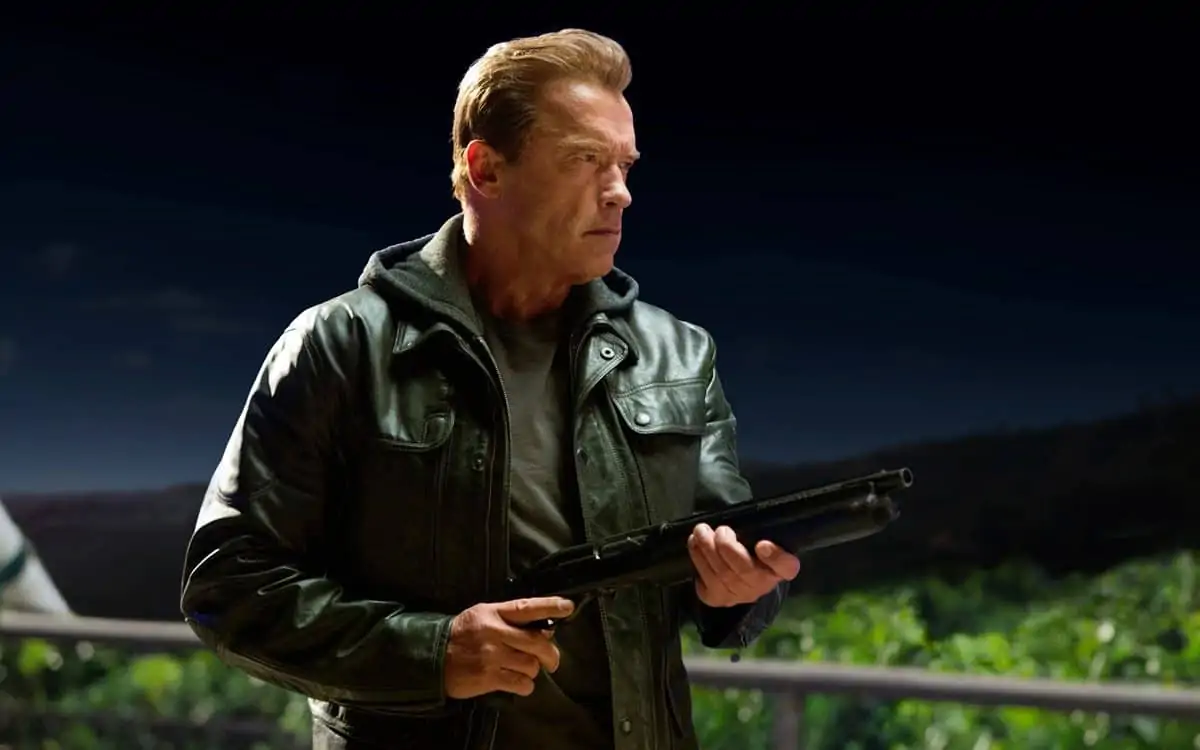
What is your view of the cinema experience of the future?
MD: Distributors have got to figure out a better experience for the audience, to get people out of their living rooms, off their mobile devices and into the cinema. If they want people to keep going to see movies in the cinema, they’ve got to take the cinema experience to the next level. It’s already happened with audio – the Dolby Atmos sound system is a big step. In terms of the picture, maybe it’s high frame rates, but more likely it’s high dynamic range. The Dolby Cinema initiative is certainly interesting, with its combination of image and sound technologies.
And then there’s HDR for the home – Dolby, Technicolor and the BBC all have initiatives there. It’s clear that most people immediately appreciate HDR images, whereas 4K in the home is a harder sell. Really, we need to look at the broader question of what’s the entertainment experience of the future and realise that it’s about repurposing content for a lot of different viewing environments – game consoles, virtual reality, mobile devices, traditional cinema, the home, theme parks and so on.
What does Codex need to do to continue to be successful?
MD: More of the same. Along with our London HQ, our US office in Hollywood is nearby to the studios and our customers. We’re very happy with the close relationships we have with cinematographers and camera manufacturers, as well as our customers and users around the world. We’re excited about all the new products we are rolling out. We will keep listening, and keep an open dialogue going with them, about their difficulties and needs, whilst also keeping our eyes on where general trends and technology are going.
